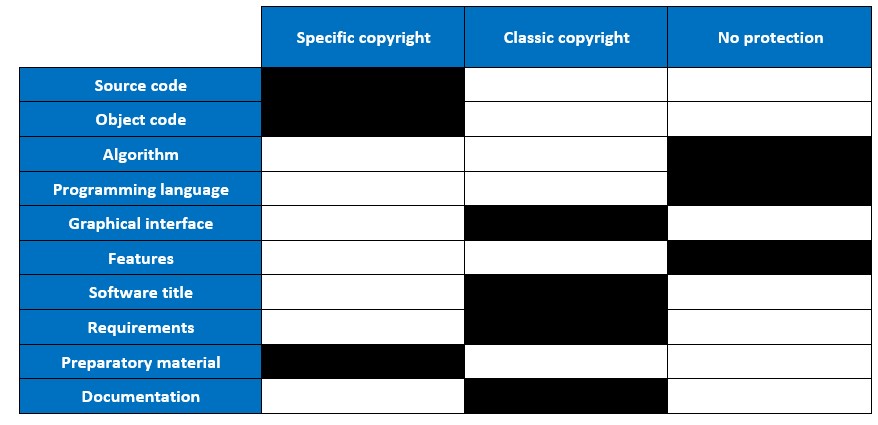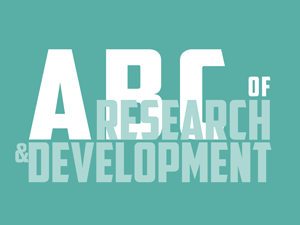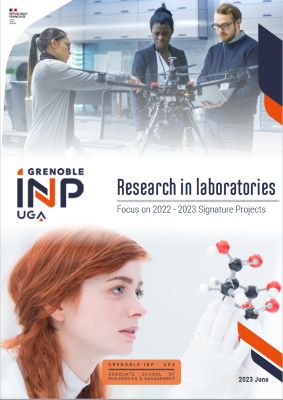Article written by Wahiba Robert and Gaëlle Calvary
1- What is a software program?
Software can be defined as all the programs, procedures and rules, and possibly documentation, relating to the operation of a data processing system (22 December 1981 decree on the enrichment of the French language).
2- Who is the owner?
The economic rights (right to use the work and/or to market it) on software and its documentation created by employees in the course of their duties are vested in the employer (Article L113-9 of the Intellectual Property Code). Moral rights, which are attached to the individual (right to respect for his or her name and work), are inalienable, non-transferable and, in the event of the author's death, may be passed on to his or her heirs.
3- What legal protection is there?
In France, subject to meeting the criterion of originality (i.e., bearing the stamp of the author's personality or representing a significant creative investment), software, expressed in source code or object code, is protected by copyright (Article L112-2 of the Intellectual Property Code).
Protection is acquired automatically, without any formality, as soon as the software is created, even if unfinished, and for 70 years after the author's death.
4- Since copyright protection is acquired automatically upon creation of the software, why register it with the Program Protection Agency (PPA)?
There are several reasons for using a trusted third party such as the APP, which is a recognised European organisation specialising in software protection:
• In the event of infringement or litigation, be able to provide proof of ownership of the rights to the software and the source code creation date.
• Reassure partners and their investors (start-ups in particular), to whom the institution has granted an operating licence, that access to the source code is permanent and give them conditional access.
• By depositing software developments, trace the evolution of the code.
| In practice, we invite you to declare the software to your employer by completing the invention declaration and returning it to the Valuation Department of your establishment. |
5- what does and does not copyright cover?
In addition to the software source and object codes, the preparatory design material (functional and technical specifications of the software, i.e., documents drawn up in principle before the start of the software development, but also during the development and on the occasion of the software evolutions, which describe the functionalities of the software, its technical operation, the structure of the data it exploits and generates, etc.) is also covered by copyright. On the other hand, the algorithm (considered as a mathematical formula), the functionalities (considered as ideas) as well as the specifications, the programming language, are not covered, and therefore not protected, by copyright. The table below gives an overview of the law applicable to each software element: no protection, classic copyright or specific copyright. Specific copyright is the adaptation of (classical) copyright to software. For example: (i) automatic vesting in the employer (mentioned in point 2); (ii) limitation or withdrawal of some of the author's moral rights such as the right to respect for the work limited to the author's honour and reputation; the author's right of withdrawal/representation; or stopping the disclosure of the software.

Source (in French): https://www.app.asso.fr/centre-information/base-de-connaissances/code-logiciels/la-protection-des-elements-composant-un-logiciel/labsence-de-protection-par-le-droit-dauteur
The protection of the software can be completed by the filing of a trademark to protect the software name and/or via the design right for the graphics and models interface.
6- Can I file a patent?
While in some countries (United States, Japan, United Kingdom) it is possible to protect a computer program by a patent, in France it cannot be protected as such (article L. 611-10 of the CPI) unless it is incorporated into a patentable technical device.
7- What should I look out for if I am planning to create software?
- The use of service providers to develop the code: the developer is the copyright owner. This is why it is very important to contractually organise the attribution of economic rights to the developments made by your service provider. In terms of copyright, to be legally valid, the drafting of such an assignment clause must be very precise. We invite you to contact your development department for assistance.
- Involvement of trainees in writing the code: the automatic devolution of economic rights to the employer (mentioned in point 2) does not apply to trainees. Thus the trainee is the owner of the copyright on the elements he/she has created. This is why it is very important to conclude a contract for the transfer of economic rights with the trainee. Contact your development department for assistance.
- Drawing up the specifications: we recommend that you draw up precise specifications regarding expectations and deliverables in particular. Include a clause asking your service provider to propose a schedule for the delivery of the deliverables. Finally, do not hesitate to make regular progress reviews and tests so that you can react to make corrections or notice that the developments do not meet your expectations.
- Incorporation of pre-existing source code or libraries: the use of free resources (libraries, code blocks, software...) for the development of your software may impose very strong obligations on you, which may have a considerable impact on the choice of distribution method and the freedom to use your software. This is why you must first study the licence associated with the free resource. We are at your disposal to advise you.
To contact us: drive.pi@grenoble-inp.fr




